6. Álvaro-Gracia JM, Jover JA, García-Vicuña R, Carreño L, Alonso A, Marsal S, Blanco F, Martínez-Taboada VM, Taylor P, Martín-Martín C, DelaRosa O, Tagarro I, Díaz-González F. 2017; Intravenous administration of expanded allogeneic adipose-derived mesenchymal stem cells in refractory rheumatoid arthritis (Cx611): results of a multicentre, dose escalation, randomised, single-blind, placebo-controlled phase Ib/IIa clinical trial. Ann Rheum Dis. 76:196–202. DOI:
10.1136/annrheumdis-2015-208918. PMID:
27269294. PMID:
https://www.scopus.com/inward/record.uri?partnerID=HzOxMe3b&scp=84973304693&origin=inward.
12. Grinnemo KH, Månsson A, Dellgren G, Klingberg D, Wardell E, Drvota V, Tammik C, Holgersson J, Ringdén O, Sylvén C, Le Blanc K. 2004; Xenoreactivity and engraftment of human mesenchymal stem cells transplanted into infarcted rat myocardium. J Thorac Cardiovasc Surg. 127:1293–1300. DOI:
10.1016/j.jtcvs.2003.07.037. PMID:
15115985. PMID:
https://www.scopus.com/inward/record.uri?partnerID=HzOxMe3b&scp=2342427573&origin=inward.
15. Kim JH, Lee YT, Hong JM, Hwang YI. 2013; Suppression of in vitro murine T cell proliferation by human adipose tissue-derived mesenchymal stem cells is dependent mainly on cyclooxygenase-2 expression. Anat Cell Biol. 46:262–271. DOI:
10.5115/acb.2013.46.4.262. PMID:
24386599. PMCID:
PMC3875844.
23. Wang Q, Yang Q, Wang Z, Tong H, Ma L, Zhang Y, Shan F, Meng Y, Yuan Z. 2016; Comparative analysis of human mesenchymal stem cells from fetal-bone marrow, adipose tissue, and Warton's jelly as sources of cell immunomo-dulatory therapy. Hum Vaccin Immunother. 12:85–96. DOI:
10.1080/21645515.2015.1030549. PMID:
26186552. PMCID:
PMC4962749. PMID:
https://www.scopus.com/inward/record.uri?partnerID=HzOxMe3b&scp=84961827503&origin=inward.
25. Chiesa S, Morbelli S, Morando S, Massollo M, Marini C, Bertoni A, Frassoni F, Bartolomé ST, Sambuceti G, Traggiai E, Uccelli A. 2011; Mesenchymal stem cells impair in vivo T-cell priming by dendritic cells. Proc Natl Acad Sci U S A. 108:17384–17389. DOI:
10.1073/pnas.1103650108. PMID:
21960443. PMCID:
PMC3198360. PMID:
https://www.scopus.com/inward/record.uri?partnerID=HzOxMe3b&scp=80054809361&origin=inward.
26. Corcione A, Benvenuto F, Ferretti E, Giunti D, Cappiello V, Cazzanti F, Risso M, Gualandi F, Mancardi GL, Pistoia V, Uccelli A. 2006; Human mesenchymal stem cells modulate B-cell functions. Blood. 107:367–372. DOI:
10.1182/blood-2005-07-2657. PMID:
16141348. PMID:
https://www.scopus.com/inward/record.uri?partnerID=HzOxMe3b&scp=30144440925&origin=inward.
27. Franquesa M, Mensah FK, Huizinga R, Strini T, Boon L, Lombardo E, DelaRosa O, Laman JD, Grinyó JM, Weimar W, Betjes MG, Baan CC, Hoogduijn MJ. 2015; Human adipose tissue-derived mesenchymal stem cells abrogate plasmablast formation and induce regulatory B cells indepen-dently of T helper cells. Stem Cells. 33:880–891. DOI:
10.1002/stem.1881. PMID:
25376628. PMID:
https://www.scopus.com/inward/record.uri?partnerID=HzOxMe3b&scp=84923217704&origin=inward.
35. Massagué J, Like B. 1985; Cellular receptors for type beta transforming growth factor. Ligand binding and affinity labeling in human and rodent cell lines. J Biol Chem. 260:2636–2645. DOI:
10.1016/S0021-9258(18)89408-X. PMID:
2982829.
36. Tan JC, Indelicato SR, Narula SK, Zavodny PJ, Chou CC. 1993; Characterization of interleukin-10 receptors on human and mouse cells. J Biol Chem. 268:21053–21059. DOI:
10.1016/S0021-9258(19)36892-9. PMID:
8407942.
40. Toupet K, Maumus M, Peyrafitte JA, Bourin P, van Lent PL, Ferreira R, Orsetti B, Pirot N, Casteilla L, Jorgensen C, Noël D. 2013; Long-term detection of human adipose-derived mesenchymal stem cells after intraarticular injection in SCID mice. Arthritis Rheum. 65:1786–1794. DOI:
10.1002/art.37960. PMID:
23553439.
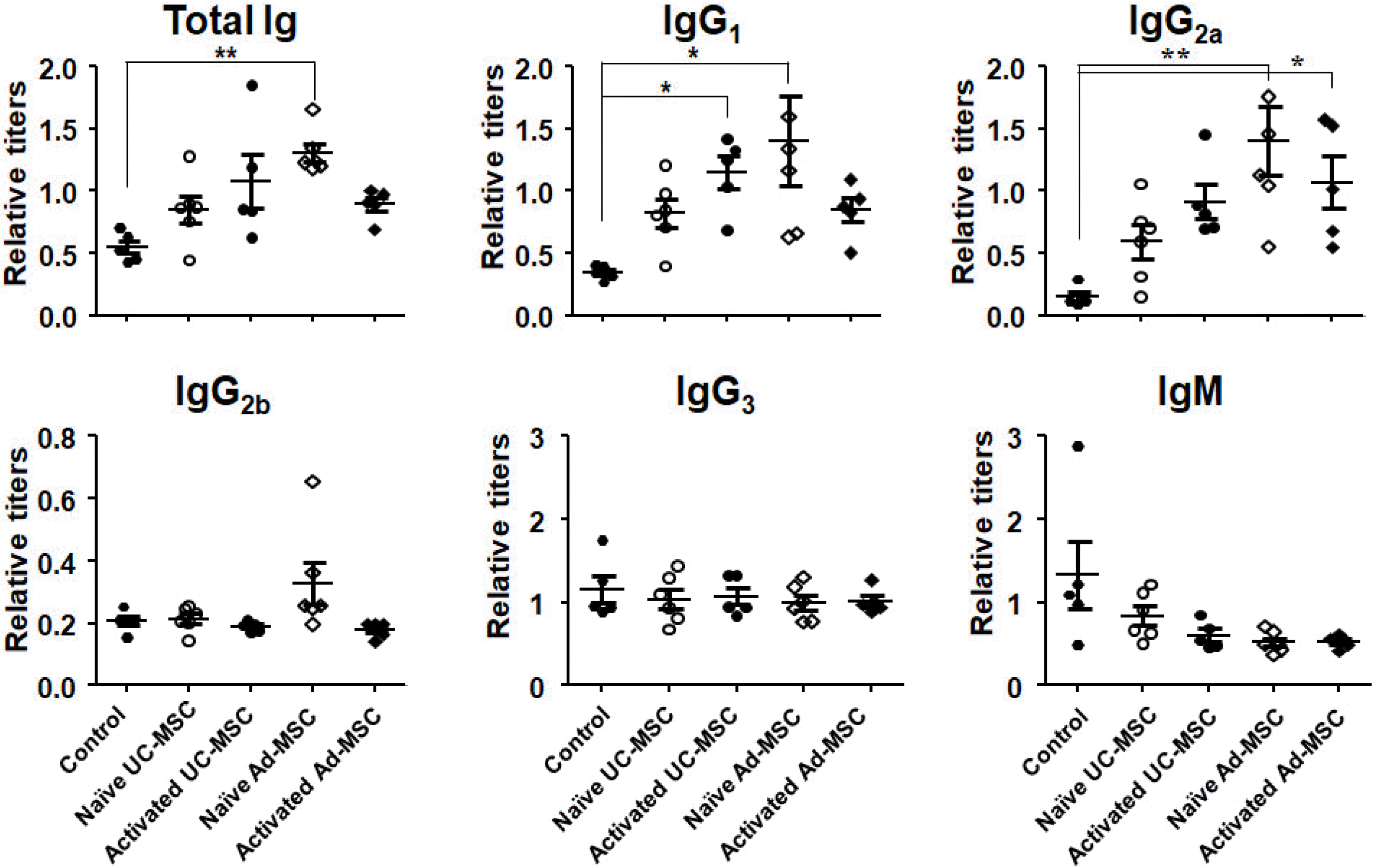
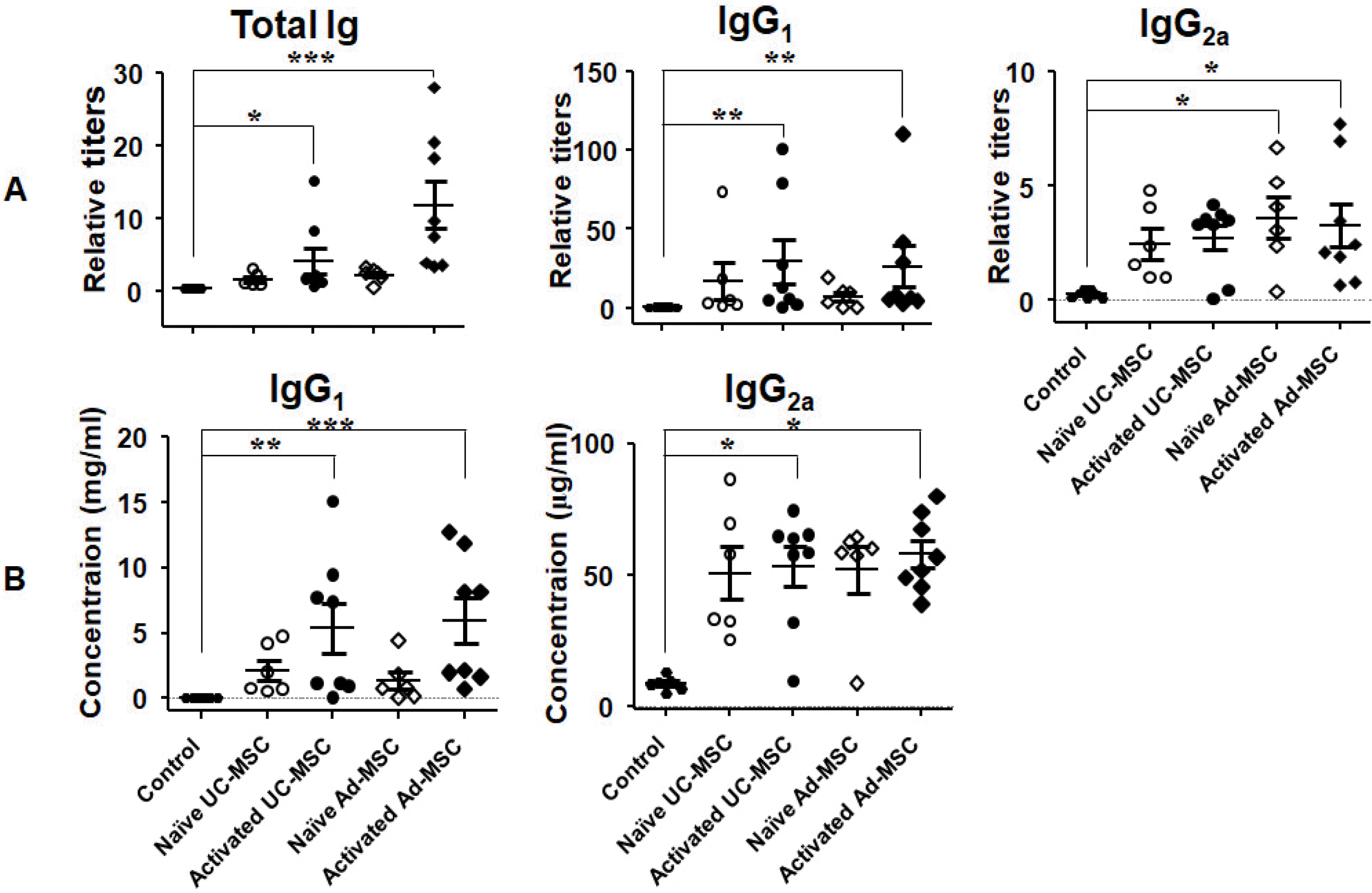
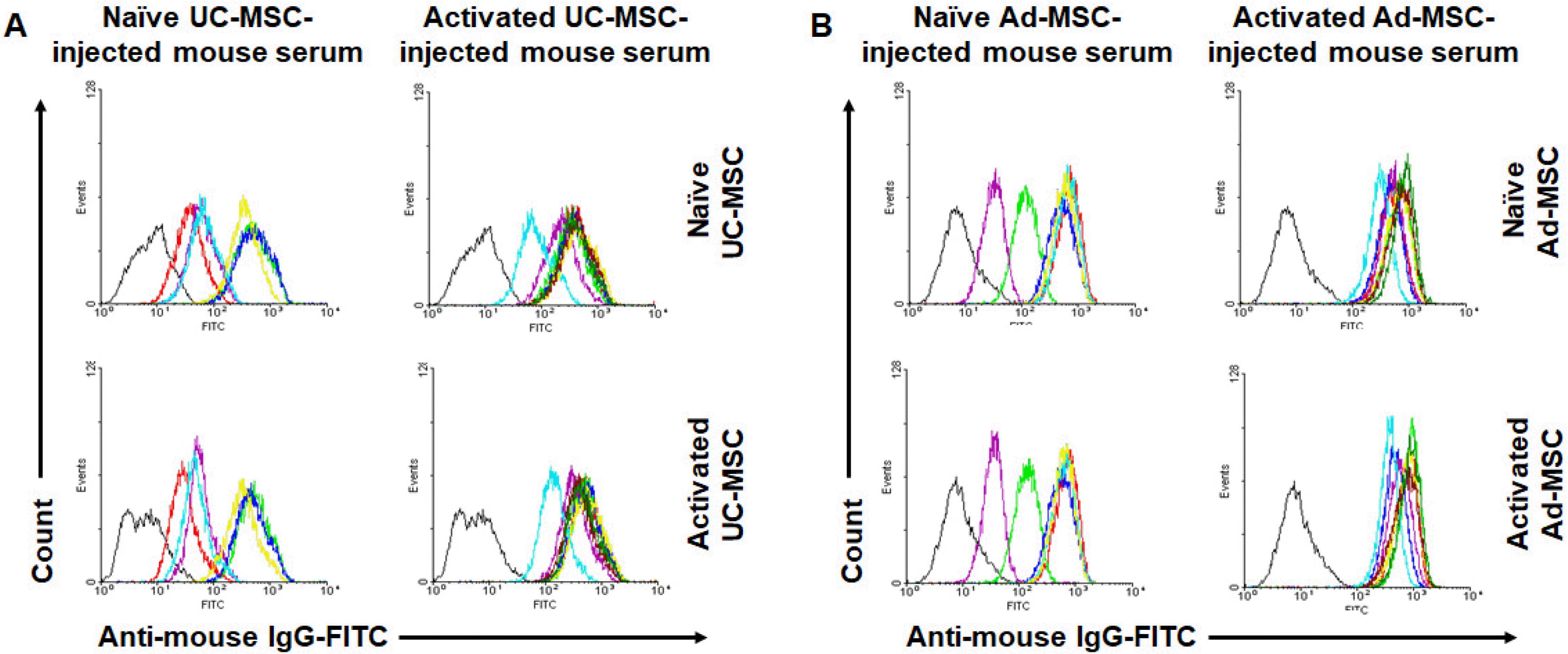
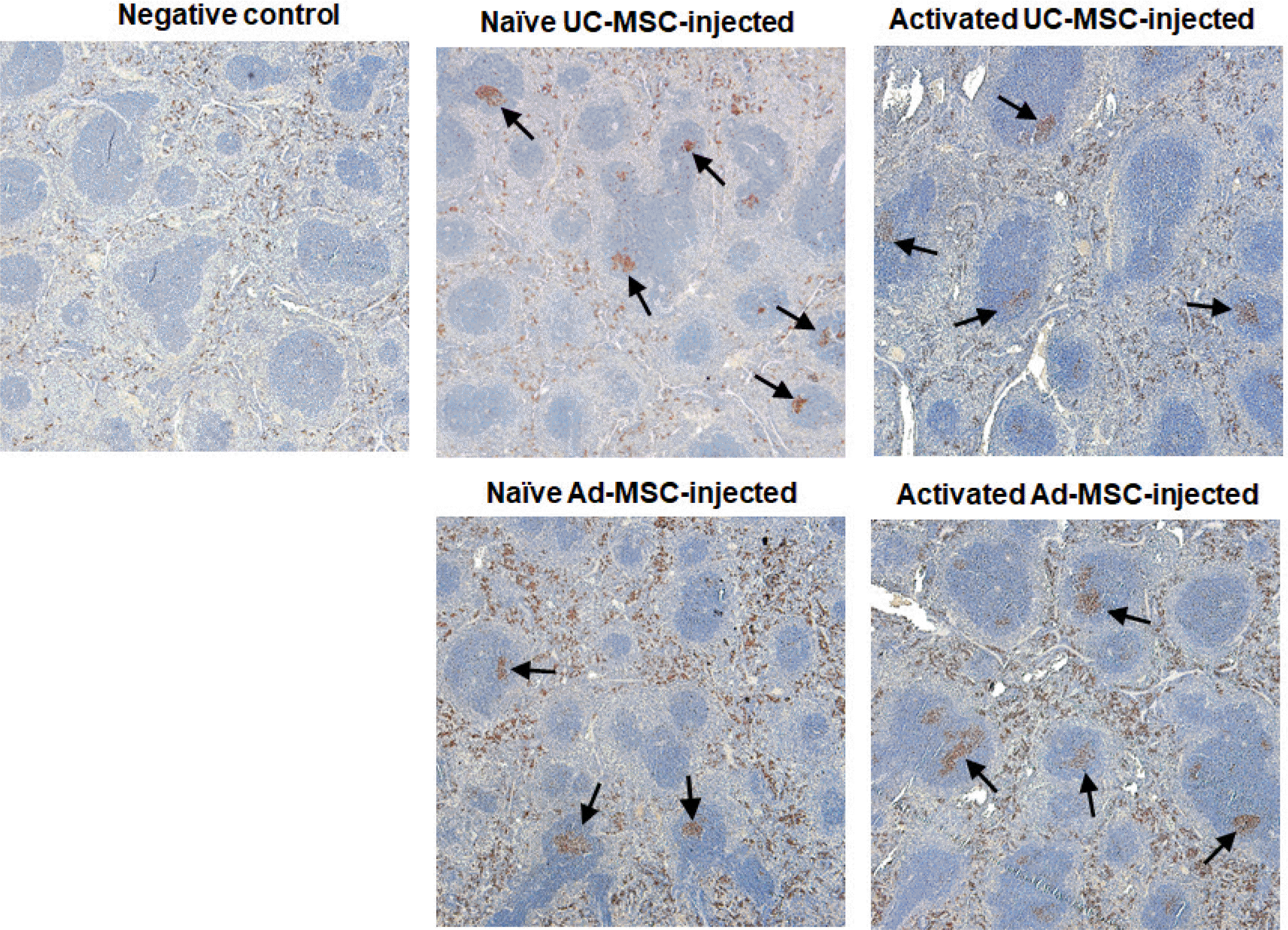
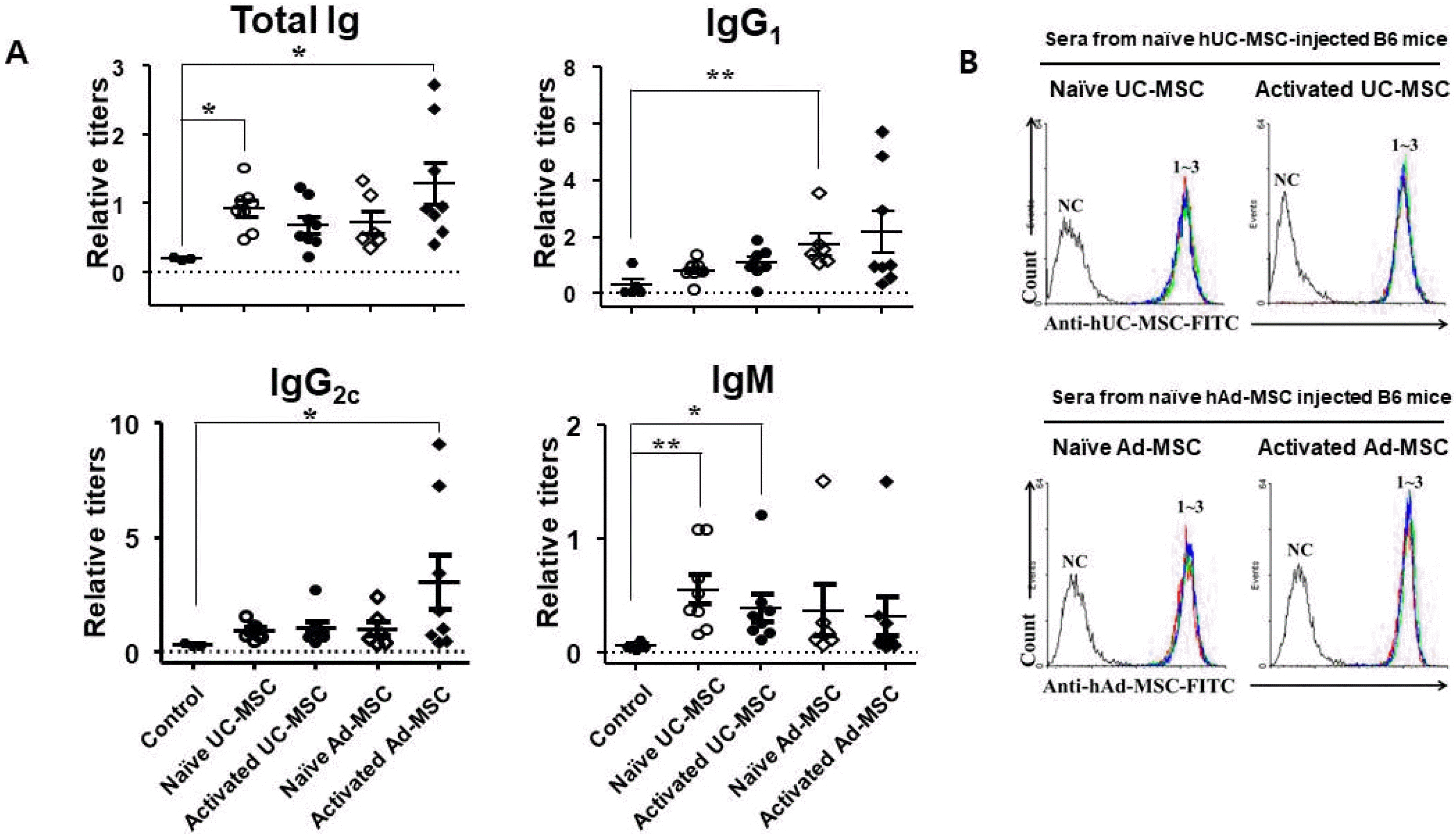




 PDF
PDF Citation
Citation Print
Print


 XML Download
XML Download